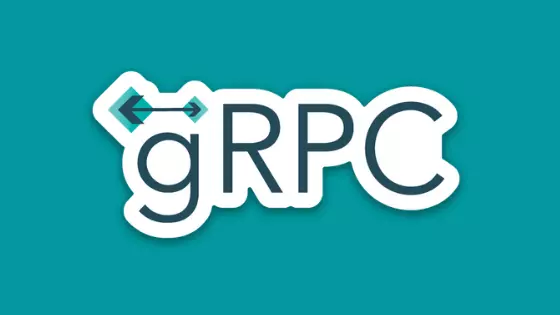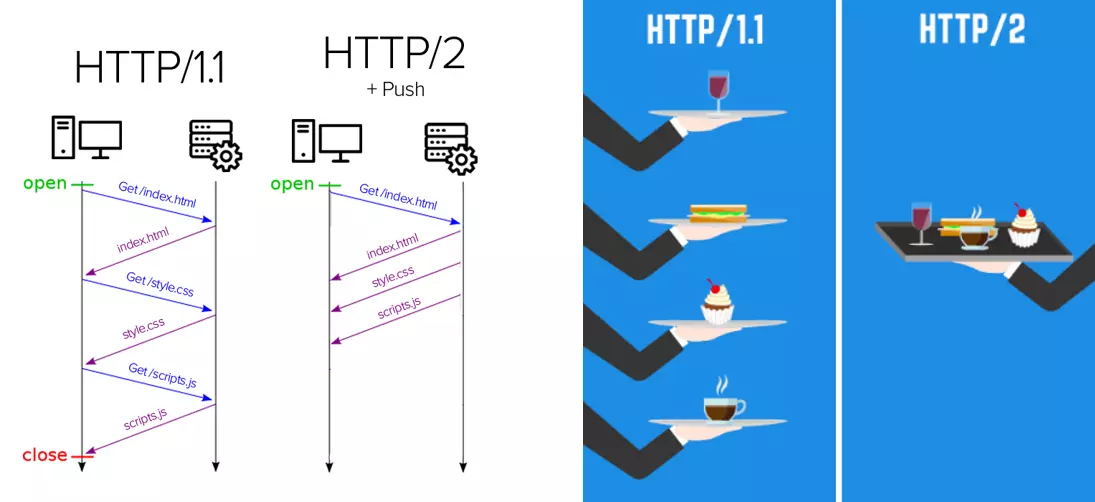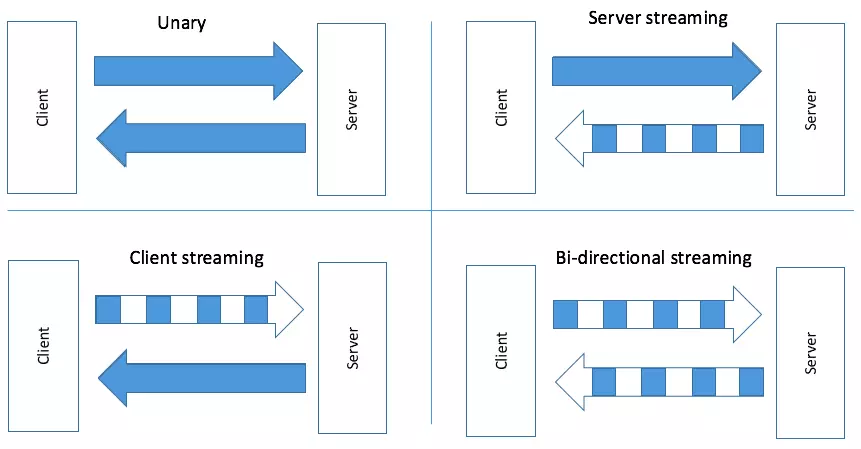
gRPC is an open source communication framework created by Google. The main use of this framework is to create efficient and fast communication between microservices. The main feature of gRPC is its fastness and lightness, which makes it the main choice for communication between services in the design of high-scale distributed systems. This framework is designed to be very flexible, so that different services can be designed with different languages and technologies and communicate easily.
In the following article, we will learn about the features and dimensions of gRPC.
gRPC is a communication framework that allows developers to build distributed client-server systems. It can be said that gRPC is the main competitor of REST API in the communication between services, which can replace it in the internal communication of microservices.

The gRPC framework is built on top of HTTP/2, which offers several advantages over HTTP/1.1. HTTP/2 supports multiplexing, which allows multiple requests and responses to be sent over a single connection. gRPC also supports server streaming, which can receive a large number of responses from the server with just one request from the client.
gRPC uses Protocol Buffer files to define services and their contents. These files contain structures that we use in message transfer. Protocol buffer files are actually defined rules of service endpoints.

After defining the end-point rules in the protocol buffer, abstract codes and internal implementations of services are generated from these files. Then the generated abstractions are implemented according to the needs of the system.
The protocol buffer files must be the same in the source code of the client and server programs so that the generated codes are consistent and work correctly.
For each programming language, a library specific to that language has been created, which generates the required codes based on the capabilities of that language. Official protocol buffer repository link

These methods allow the developer to adopt a suitable approach to connect services based on different system needs.
gRPC has important features Including:
If you are building new services or want to upgrade existing services in terms of performance, using gRPC technology can be very useful.
According to widely cited tests published by Ruwan Fernando, gRPC technology is 7 to 10 times faster than REST APIs.

I am Reza Babakhani, a software developer. Here I write my experiences, opinions and suggestions about technology. I hope that what I write is useful for you.
leave a comment